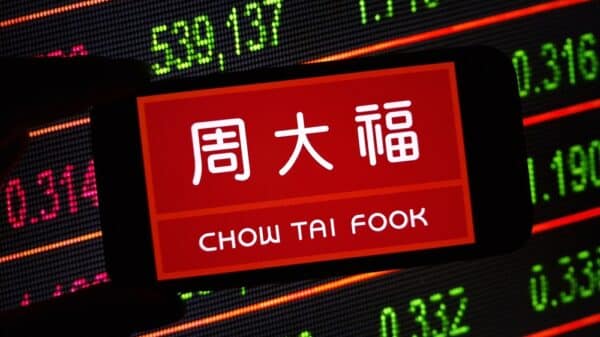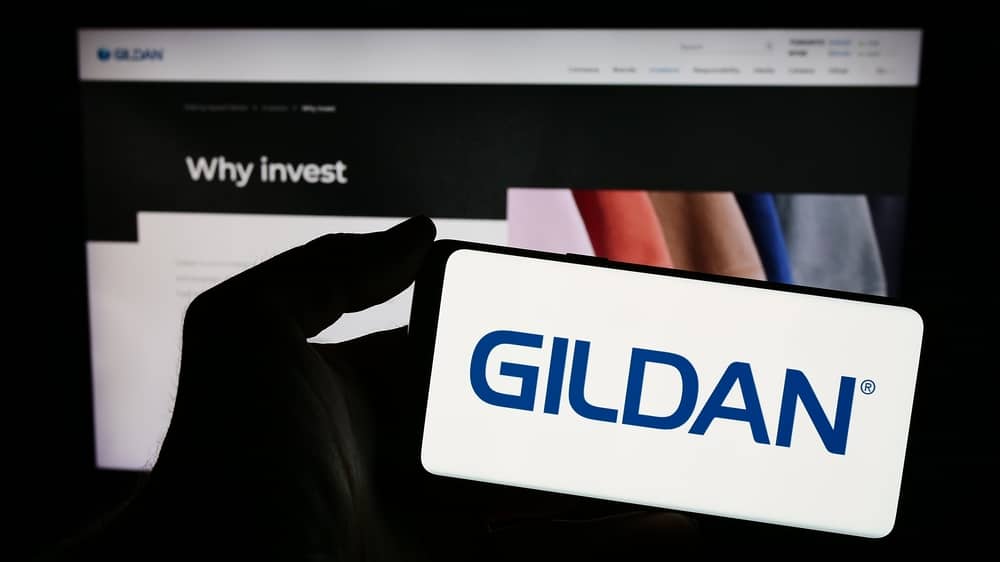Gildan Activewear Inc. stands firm amid uncertain economic tides, maintaining its full-year outlook as it navigates the complexities of today’s world. In its first-quarter report, the Montreal-based company reaffirmed its commitment to low-cost apparel, confident it can weather an anticipated economic slowdown intensified by ongoing trade tensions with the U.S.
During a recent call with analysts, company representatives expressed their belief that Gildan’s strong foundation allows it to tackle challenges head-on. They project revenue growth of mid-single digits for 2025 compared to the previous year, an optimistic forecast underpinned by their deep understanding of the global trade and geopolitical landscape.
CEO Glenn Chamandy highlighted the company’s competitive edge, derived from its vertical integration and efficient manufacturing processes. A significant portion of Gildan’s cotton and yarn is sourced from the U.S., which acts as a buffer against the reciprocal 10% tariffs imposed on imports from other countries. This strategic sourcing not only safeguards Gildan but also positions it as a resilient player in an increasingly competitive market.
“I believe we’re well-positioned to continue our momentum and capture more market share,” Chamandy noted during the call, emphasizing the company’s solid standing in an evolving industry.
In the first quarter, Gildan reported an adjusted earnings figure of 59 cents per share, surpassing analysts’ expectations of 57 cents, and posted net sales of $711.7 million. It’s important to recognize that while other major North American companies—like Lightspeed Commerce and General Motors—are adjusting their earnings forecasts due to economic uncertainty, Gildan remains steadfast, reflecting a deep-seated confidence in their operations and strategy.
TD Cowen analyst Brian Morrison observed that Gildan appears poised to enhance its market presence and expand its manufacturing capacity in Central America. This could potentially elevate investor confidence and support their consistent guidance over the coming years. On Wednesday, Morrison communicated to his clients, “Even though the industry is showing signs of a modest slowdown, Gildan’s market-share gains seem to be accelerating. The impact of tariffs tends to hit competitors harder than Gildan, thus widening its cost advantage.”
It’s worth noting that these developments come about a year after Chamandy returned to the company’s helm following a challenging period marked by boardroom disputes. His leadership has since focused on revitalizing the business with the backing of Los Angeles-based investment firm Browning West LP. Together, they have worked on strategies to boost revenue, secure financing, and expedite share buybacks—all aimed at enhancing stock performance.
The market has responded positively, with Gildan’s shares skyrocketing over 50% from May 2024, when Chamandy reassumed the CEO role, to a peak of C$78.42 in February. However, recent tariff concerns and broader market volatility have led to a slight retraction, with shares closing at C$59.25 in Toronto just days ago.
In a landscape where many companies are recalibrating their expectations, Gildan’s approach serves as a testament to its enduring resilience and strategic foresight. The journey is still unfolding, but for those closely watching the activewear industry, Gildan’s story is one of tenacity and confidence.
Image Source: T. Schneider / Shutterstock




























